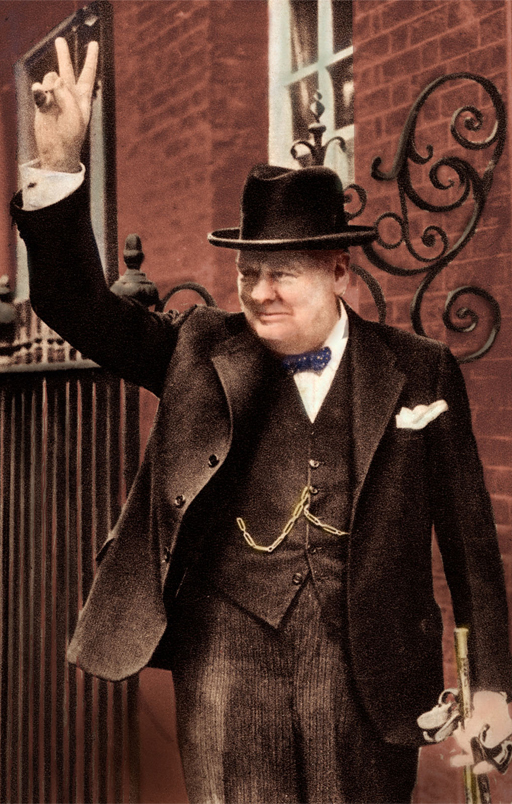4 Rhythm
So far, you have considered aspects of musical time which underpin the sounds themselves – pulse, tempo and metre. Now you’ll turn your attention to how musical sounds are distributed over time, and their relationship with pulse, tempo and metre. These relationships and the patterns of varying different lengths of sound, known as rhythm, help to characterise the music.
Activity 5
Listen to a well-known rhythmic pattern from the opening of Beethoven’s Fifth Symphony. As you do try to identify the combination of long and short sounds which comprise the famous opening motif (the first four musical notes that we hear). You might jot this down with an ‘●’ indicating short sounds and a ‘–’ indicating long sounds.
Discussion
In previous sections, you have considered musical time and its relation to movement, and in this extract you’ll hear the rhythm that Beethoven reportedly described as ‘Thus Fate knocks at the door!’. In transcribing the rhythm, you may have heard three short notes, followed by a longer note, which could be written as ●●● –. Anyone familiar with Morse code will recognise the pattern you were asked to transcribe as representing the letter ‘V’ and this was famously adopted by the Allied forces in the Second World War as a powerful symbol of the war effort, reflecting Beethoven’s own belief in personal liberty.
Activity 6
The rhythmic pattern which forms the opening of Beethoven’s Fifth Symphony is not only an example of the social function of music, but also how rhythm can shape and characterise a musical work. The famous short-short-short-long rhythm can also be referred to as a motif as it can be traced throughout the whole symphony and helps to create its structure. Here’s another extract from the third movement of Beethoven’s Fifth Symphony – can you hear the rhythmic motif?


